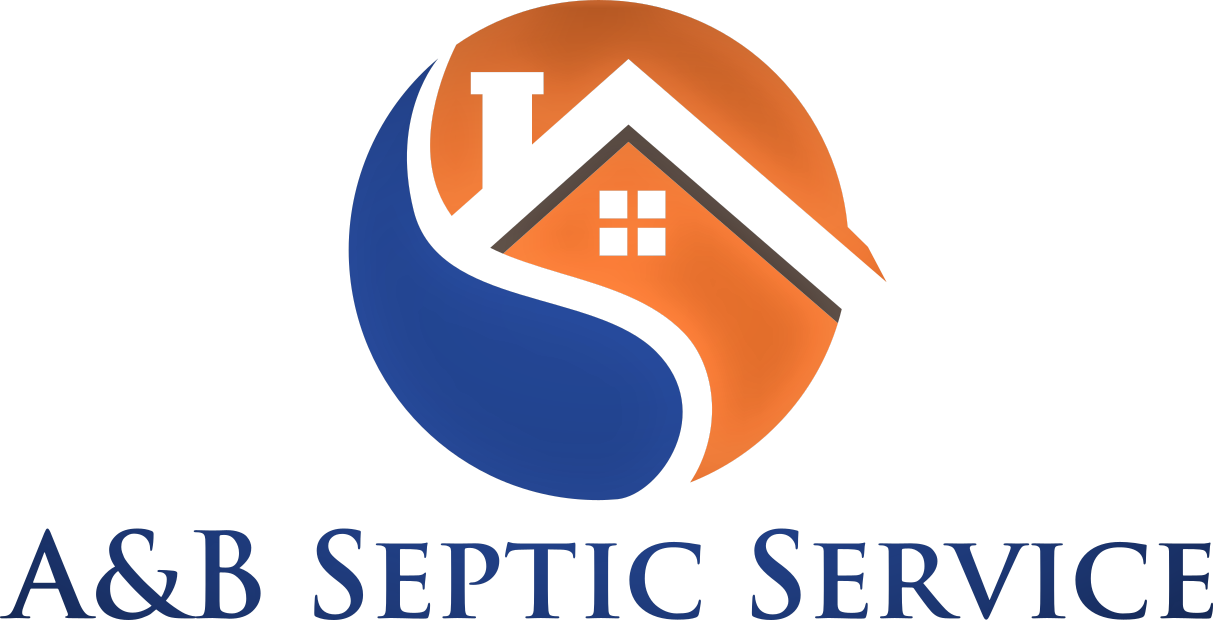Best practices
Maintaining a healthy septic system starts with you. Review the best practice recommendations below to help protect the health and happiness of your system and your home.
WARNING: Be sure to exercise appropriate caution when inspecting a septic tank. Never allow anyone to inspect a septic tank alone or go down into a septic tank. Toxic gases are produced by the natural treatment processes in septic tanks and can kill, in minutes. Even just looking in the tank can be dangerous!
Habits that HelP your septic system
Do learn the location of your septic tank and drainfield. Keep a sketch handy with your maintenance records for service visits.
Do have your septic tank inspected and pumped out periodically by a licensed contractor.
Do keep your septic tank cover accessible for inspections and pumpings. Install risers if necessary.
Do call a professional whenever you experience problems with your system, or if there are any signs of system failure.
Do keep a detailed record of repairs, pumpings, inspections, permits issued, and other maintenance activities.
Do conserve water. Be sure to repair any leaky faucets or toilets as soon as possible.
Do avoid overloading your system. Divert other sources of water, like roof drains, house footing drains, water softener backwash, and sump pumps, away from your septic system. Excessive water keeps the soil in the drainfield from naturally cleansing the wastewater.
Do use substitutes for hazardous household cleaners.
habits that HARM your septic system
Don't go down into a septic tank. Toxic gases are produced by the natural treatment processes in septic tanks and can kill, in minutes. Extreme care should be taken when inspecting a septic tank, even when just looking in.
Don't allow anyone to drive or park over any part of your system.
Don't plant anything over or near the drainfield except grass. Roots from nearby trees or shrubs may clog and damage the drain lines.
Don't dig in your drainfield or build anything over it, and don't cover the drainfield with a hard surface such as concrete or asphalt. The area over the drainfield should have only a grass cover. The grass will not only prevent erosion, but will help remove excess water.
Don't use septic tank additives. These products usually do not help and some may even be harmful to your system.
Don't use your toilet as a trash can or poison your septic system and the groundwater by pouring harmful chemicals and cleansers down the drain. Harsh chemicals can kill the beneficial bacteria that treat your wastewater.
Don't dump grease or fats down your drains. They solidify and the accumulation may lead to blockage in your system. Use your garbage disposal conservatively, if not you could increase the amount of solids in your septic tank by fifty percent. Remember your septic system is not a garbage can, composting is a free and green alternative.
Don't allow backwash from home water softeners to enter the septic system.
Do not Flush
These items can overtax or destroy the biological digestion taking place within your system
Coffee grounds
Dental floss
Disposable diapers
Cat litter
Sanitary napkins
Tampons
Cigarette butts
Condoms
Fat, grease, or oil
Paper towels
Bathroom towelettes
Construction debris
Oily floor soaps
Liquid fabric softeners
Paints
Varnishes
Thinners
Waste oils
Photographic Solutions
Pesticides



